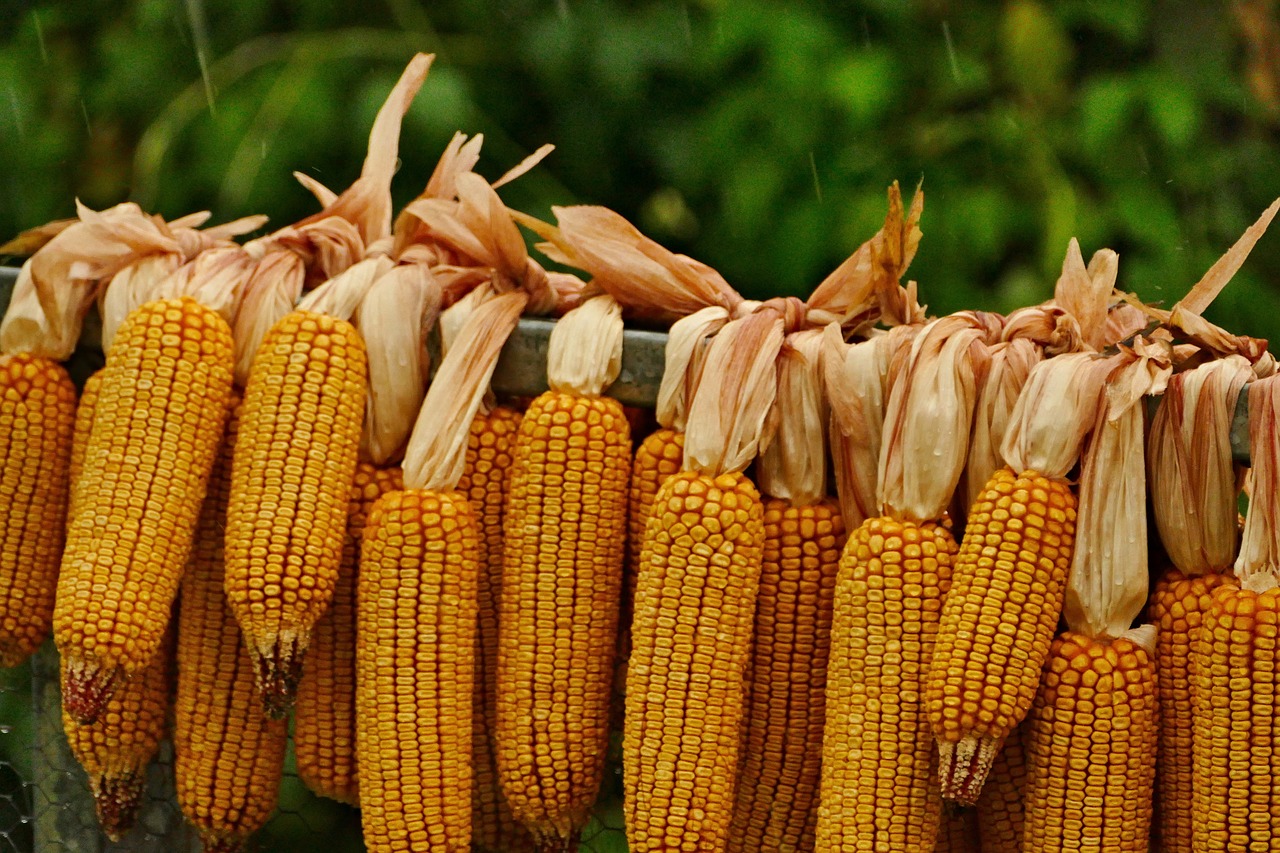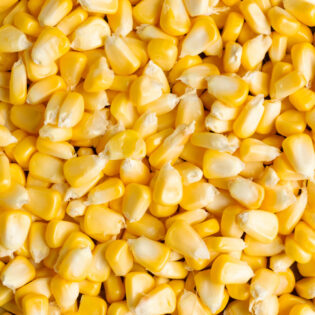Yellow Corn
Yellow corn, a vibrant symbol of harvest and sustenance, embarks on a captivating journey from sun-kissed fields to diverse culinary creations and industrial applications. Let’s delve into the fascinating world of this golden grain:
1. Bathed in Sunshine:
Yellow corn thrives in warm climates, requiring ample sunlight and fertile soil for optimal growth. Farmers meticulously cultivate the crop, employing sustainable practices like crop rotation and integrated pest management to ensure healthy yields.
2. Harvesting the Golden Bounty:
The harvesting process plays a crucial role in preserving yellow corn’s freshness and quality. Modern harvesting techniques, often utilizing specialized machinery, ensure timely collection and minimize damage to the kernels.
3. Processing for Diverse Uses:
Yellow corn undergoes various processing methods depending on its intended use. Grinding transforms it into cornmeal and flour, the foundation for numerous culinary delights. Alternatively, kernels can be degermed and refined to produce cornstarch, a versatile ingredient in various food and industrial applications.
4. A Culinary Cornerstone:
Yellow corn shines as a cornerstone ingredient in countless cuisines worldwide. Ground into cornmeal, it forms the base for delectable dishes like tortillas, polenta, and grits. Finely milled flour finds its way into baked goods, adding a vibrant color and subtle sweetness. Whole kernels, boiled, roasted, or popped, become a popular snack or side dish.
5. Beyond the Kitchen Walls:
Yellow corn’s versatility extends beyond the culinary realm. Cornstarch extracted from the kernels finds applications in various industries, including textiles, pharmaceuticals, and biofuels. Its adhesive properties make it valuable in manufacturing processes, while its biodegradable nature aligns with sustainable practices.
6. A Sustainable Choice:
Yellow corn cultivation promotes sustainable agricultural practices. Its efficient water usage and adaptability to diverse climates make it a valuable crop in regions facing water scarcity or challenging environmental conditions. Additionally, responsible farming practices can contribute to soil health and biodiversity.
7. A Global Staple:
Yellow corn transcends geographical boundaries, serving as a vital source of nourishment in various cultures worldwide. Its affordability, versatility, and nutritional value make it a crucial component of food security, particularly in developing regions.
8. Innovation and Adaptation:
The future of yellow corn is brimming with potential. Research and development efforts are ongoing to enhance its nutritional profile, improve crop yields, and explore novel applications. Continuous adaptation to changing consumer preferences and environmental challenges ensures yellow corn remains a relevant and valuable crop for generations to come.
9. A Cultural Symbol:
Yellow corn is deeply woven into the cultural fabric of numerous societies. Traditional recipes, passed down through generations, celebrate its unique flavor and vibrant color. Moreover, it serves as a symbol of agricultural heritage, connecting communities to their land and history.
10. A Source of Nourishment:
Yellow corn remains a significant contributor to global food security, providing essential nutrients like carbohydrates, fiber, vitamins, and minerals. Its affordability and diverse culinary applications make it an accessible source of nourishment for people worldwide.
In conclusion, yellow corn’s journey, from cultivation and processing to its diverse culinary applications and industrial uses, highlights its remarkable versatility and significance. As we strive towards sustainable food systems and explore innovative applications, yellow corn is poised to continue playing a vital role in nourishing communities and enriching our culinary landscape.


Reviews
There are no reviews yet.